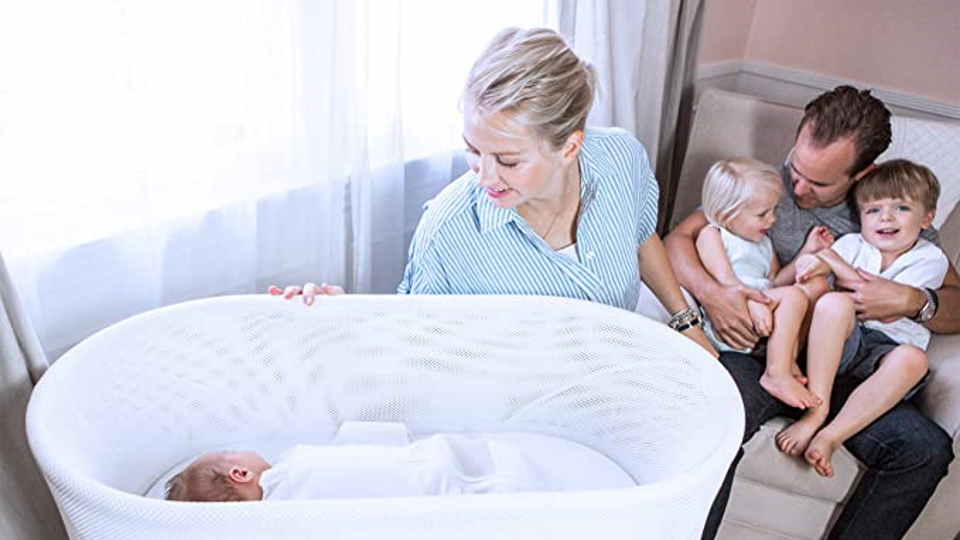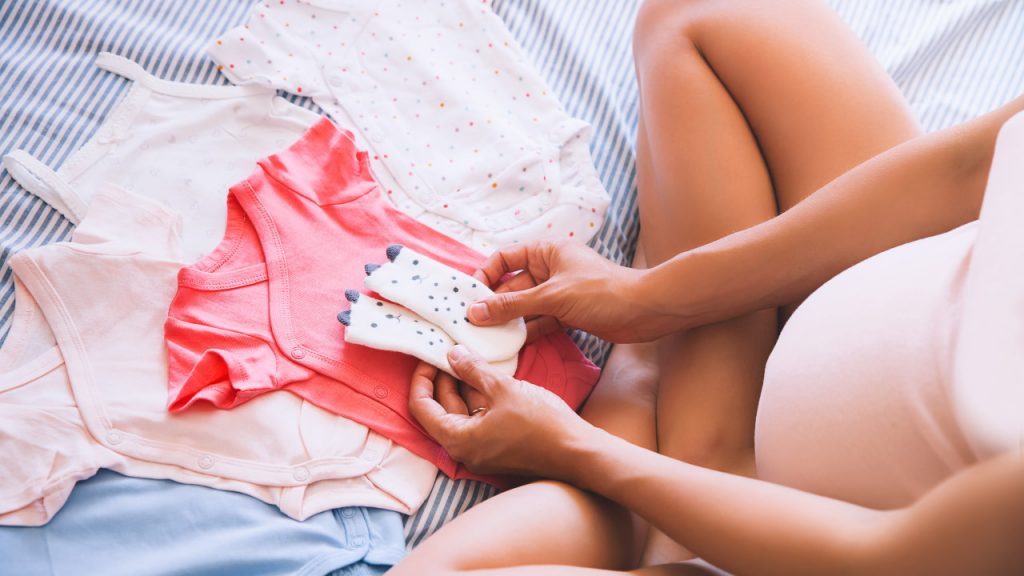It typically takes babies 3–4 days after beginning SNOO for the benefits to become apparent (less fussing and more sleep). Adjustment periods for babies older than 6 weeks might take anything from 5 days to a week. Take naps and sleep well with SNOO. Immediately upon starting, straight away, at the outset.
The more you put it to use, the more quickly your kid will learn. The more effective the outcome will be! Babies older than a month could take a little longer to become used to SNOO. Babies are all distinct and have their sleeping habits throughout the adjusting phase.
Why Does My Newborn Not Like the SNOO?
Newborn doesn’t like SNOO because they can’t find the mother’s smell. The thing they look for most when crying is their mother’s scent. Although SNOO makes your work easier, it is impossible to provide this scent. Sleeping babies are the sweetest, day or night.
The snuggles, the noises, and the opportunity for parents to sleep. Perfect! Every parent’s nightmare is a baby who won’t sleep in their bassinet. What to do if your baby won’t sleep in their bassinet?
There might be several reasons your infant isn’t sleeping well in their bassinet: He’s starving. Little tummies empty fast and require refilling. During growth spurts and cluster feedings, your baby may choose to eat oversleep. Gassy baby! A child who needs to burp or pass gas has trouble sleeping.
The baby’s diaper is soiled. As with a gassy stomach, uncomfortable newborns have trouble falling and staying asleep. Also, your baby’s temperature is off. Check your baby’s sweat and shivering.
Your infant doesn’t recognize day/night. Some infants confuse day and night. You may teach their internal clock by keeping lights on throughout the day, prolonging awake periods, and introducing nighttime rituals. A startle reaction wakes your infant. Swaddling is safe for infants who can’t turn over.
How Can I Get My Newborn to Sleep in SNOO?
It may take some infants longer than others to fully transition away from the SNOO’s constant rocking and reassuring vibrations throughout the night. However, you may be sure that a 5-6-month-old does not need rocking or swaddling to fall or stay asleep since their brain is far more developed than a newborn’s.
Check out your SNOO’s shoulders. To release one arm from the SNOO Sack swaddle, undo the snaps on the side of the wrap. You may test how well your baby sleeps with only one free arm first. Don’t worry if they end up waking themselves up with a jolt. Instead, revert to swaddling both arms and give the one-arm-out method another shot in a week. Once you’ve become used to sleeping with one arm out, you may do so with the other.
Your infant will be soothed all night by the SNOO’s gentle noises, but there will be no motion. If the infant starts crying again, the motion will resume. The SNOO will continue to react with motion and sound as usual until your baby is calm, at which time it will gradually revert to playing sounds but not moving. Keep doing whatever helps you wind down before bed, including turning down the lights about an hour before you want to turn them out.

Is SNOO too Rough for Newborns?
The SNOO bassinet incorporates cutting-edge technology to provide a soothing space for a baby. Multiple intelligent parts can detect your infant’s distress and gently rock them to sleep. Swaddles with a clip are required to use the SNOO bassinet.
Just push the button to activate the bassinet’s gently rocking motion and soothing white noise once you’ve safely swaddled and put your baby on its back. The gentle rocking motion and the fact that your baby is securely fastened to the bassinet on their back should put them to sleep in no time.
The SNOO microphones will pick up your baby’s cries and send a signal to the rocking and white noise motors to adjust the volume and intensity accordingly. The combination of the rocking motion and the low frequency should put them to sleep quickly and help them relax if they wake up at night.
Your infant will be rocked and lulled to sleep by ever-increasing doses of white noise. Even though the motion may seem excessively forceful at times, you should rest assured that it is perfectly safe for your kid.
How Long Does It Take for a Newborn to Get Used to SNOO?
Swaddling and automatic motion with white noise help infants feel safe and comfortable while sleeping. The Snoo uses microphone sensors to detect crying in the middle of the night, which increases the volume of the white noise and starts moving about the crib more vigorously to lull the baby back to sleep. If the baby continues to scream after a few minutes, the bassinet turns off, alerting the mom that she should come to feed the baby.
When a baby wakes up in the middle of the night but isn’t hungry, the Snoo may be used to put them back to sleep. Likewise, a mother’s gentle rocking may lull a fussy infant back to sleep. Parents will be able to get more shut-eye, therefore.
Each additional hour of unbroken sleep is invaluable during the demanding newborn stage. By the time a baby outgrows the Snoo, usually around six months, they have been using it nightly from birth to go to sleep and remain asleep. Unfortunately, it’s not always easy to disassociate.
Conclusion
Your kid was living in the womb, a temperature-controlled, warm habitat, only a few days, weeks, or even months ago. That’s a significant change from the bassinet they’ve been sleeping in up until now. Both they and the room temperature should be checked. If your child is excessively warm or chilly, they may have trouble falling asleep.
Try blackout curtains or other techniques to make the room exceptionally dark. Your infant may be overstimulated by bright lights if introduced too soon. Then, in the middle of the night, you can see with only a dim night light rather than waking up everyone else. Newborn doesn’t like SNOO, but it’s a fantastic product to make your work easier.



